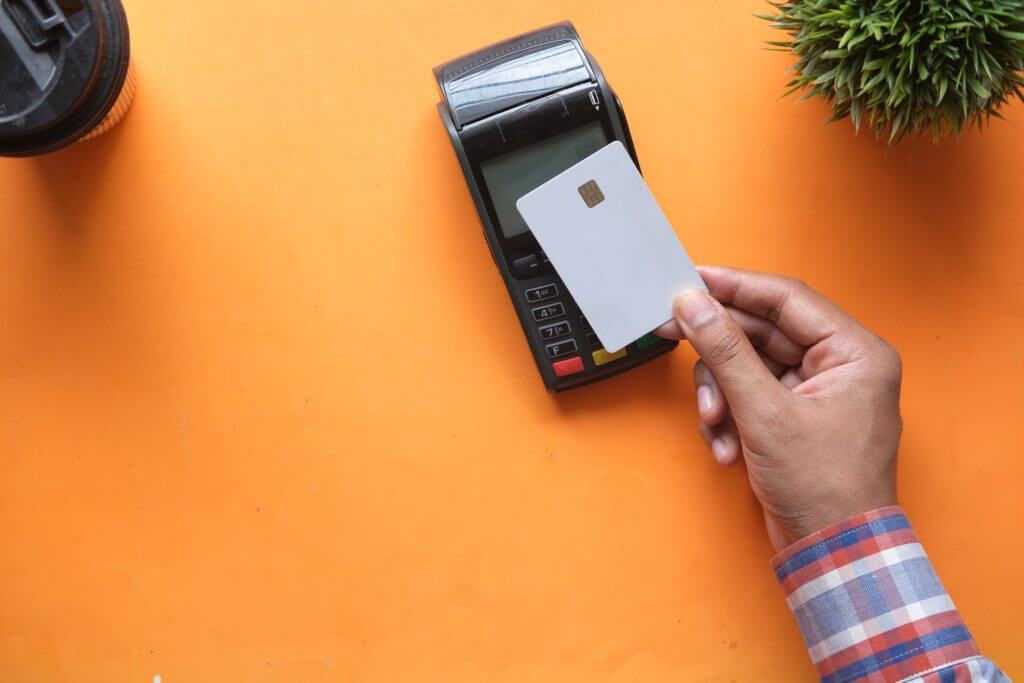Payment Revolution
The traditional methods of digital payments are outdated, and it’s showing. Why do you have to wait 3-5 business days to transfer money from a digital payments system like PayPal? Why is it so hard to send money directly between bank accounts and even more challenging across borders? The current system of digital payments is outdated. Specifically, in the United States, it raises questions about how technological solutions will fix crucial payment infrastructure problems. Will the United States Government fix the issues from within, or will outside institutions such as private corporations or cryptocurrencies swoop in and steal the marketplace from beneath the current banking system?
What is the Current Payment System in the United States?
First , we need to discuss the “bank-railed payment system to gain a fundamental understanding of how the system is failing us. A bank-railed payment system is a network that moves money when a transaction takes place. With the traditional banking system in the United States, Fedwire, also known as the Federal Reserve Wire Network, facilitates transfers between banks and financial systems in the United States. The Fedwire system is prevalent and has probably appeared in your life or business; the Fedwire system is why your bank has a routing number.
The Fedwire system in its current form was implemented in the 1980s, but a recent change to consumer habits is bringing its use into question. Traditionally, the Federal Reserve managed payments and thus the transfer of money from one bank account to another. Significant technological advancements have been made to the system to support mass amounts of data processing over the past 40 years.
However, as digital payment solutions, like PayPal and Venmo, have risen in popularity, the traffic of transactions on the Fed’s network has declined. The decline is due to a derivative exchange on these private platforms. Services like PayPal and Venmo are doing the job of the Fedwire for them, and it’s faster and more convenient. PayPal is transferring funds between its customers without moving money to external bank accounts, thus effectively bypassing Fedwire. These digital platforms are only gaining in popularity, but serious questions are raised about their longevity.
Choices for a Generational Update
The significant responsibility of managing payment transfers should be the responsibility of the government. Substantial compliance and oversight are needed to ensure secure, safe, and reliable transactions. While private companies have been integral members of understanding consumer demands for digital payment, the Federal Reserve needs to control the payment processing arena.
This premise leads to an extensive discussion about the future of digital payments. This overhaul of the US payment system will not happen overnight. Many different solutions have been proposed to solve these problems; Cryptocurrency, Central Bank Digital Currency, or just improving the infrastructure are possible solutions. Outlining them all will provide a little more scope for this discussion.
Stablecoins
Cryptocurrencies such as Stablecoins are designed to be linked to a real currency or fiat money. For example, “USD Coin” or “USDC” is a cryptocurrency claimed to be linked to the United State Dollar. Note, USDC has no official ties to the United States Government and is not protected by any financial institution. USDC runs on the decentralized Ethereum blockchain and claims to be backed by US Dollars and safe assets. The lack of government oversight brings into question the stability of these stable coins. Additionally, questions about the reliability of these coins on the blockchain also raise questions, can this coin be trusted as a means of exchanging payment?
Central Bank Digital Currency
Contrasting third-party coins, a “Central Bank Digital Currency” or “CBDC” is a proposed option. A CBDC would be where all users have an account at a central bank, such as the United States Federal Reserve. Transfers happen internally from one account to another, just like transferring money between two accounts at the same bank today. This method would require every user to have an account with the central bank, a difficult task, and it doesn’t completely solve the issue of cross-border payments. Additionally, central oversight could raise privacy concerns with one central agency seeing a financial transaction within the United States. However, the Federal Reserve could establish a public-private partnership between the banks and the government to make compatible systems to solve some of these problems. It would be like the Federal Reserve officially making partnerships with companies like PayPal, increasing compliance, security, and privacy standards. This hybrid system is currently being implemented in China’s new eCNY payment system. They use payment service providers to be the middleman between the central bank’s database management system software that keeps track of the transactions between users.
Improving the Current System
Lastly, upgrading the Federal Reserve’s transaction rail system to support more features could be a remedy for the problems arising. The Federal Reserve announced “FedNow,” a generational update to their infrastructure to support instant payment. It is planned to be released over the next few years. However, critics say that it simply is not enough of an update to capture the payment marketplace. Seemingly, there is not enough competition between banks to increase consumer benefit. Learn more about FedNow here.
Future Implications
How does the average consumer with relatively basic banking needs fit into this picture? The answer is not clear yet. However, it is essential to know that the payment space is changing rapidly. It could determine whether or not cryptocurrencies succeed within legitimate institutions or remain a back burner on the financial stage. Importantly, consider how your personal life or business could benefit from an improvement of the payment sector.
At Nimrod Yaron & Co., we serve as a professional resource for individuals and companies invested in cryptocurrency. We are specifically assisting with intelligent cryptoasset tax planning. Contact us today to learn about all of the services we offer.







